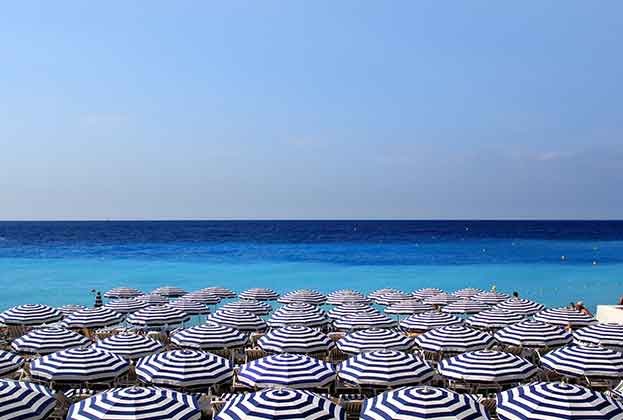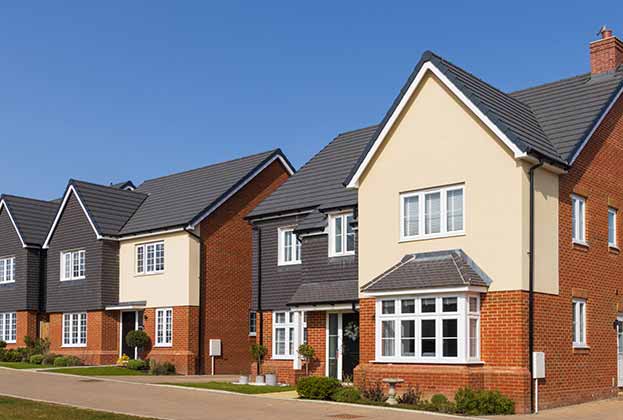Bold patterns and colours are a go-to recipe for dramatic effect when it comes to decorating and furnishing a house or flat. But if you’re looking to inject some period drama back into your home, first check out the finer details and physical features of the room.
Emphasising these helps create an authentic style, indicative of the era. Whether that’s the start of floor-to-ceiling Victoriana or the setting for a more eclectic blend of vintage and modern, how far you take it is up to you.
Here are a few hints to help make the most of your home’s architectural character:
Georgian
Georgian homes are often characterised by their symmetry, large proportions and high ceilings, which in itself creates a sense of drama. To accentuate the era, ornate cornicing, ceiling roses and moulded plaster painted in white, used against richer colours, are a great way to realise a sense of grandeur, particularly in rooms used to entertain. Long drape curtains, plush furniture in rich colours and maximalist wallpapers of a botanical design, as well as pendant lighting, all encourage an intimate but impactful feeling.
Regency
Regency houses and apartments have a period feel that is easy to complement through interior design. Typically found in city locations such as London, Bristol, Bath and Brighton, these homes are often packed with period charm. With a focus on letting light in, warm and pale neutrals are best used, enhanced by accessories like mirrors that reflect light and high ceiling lights to help draw the eye up. Creating a sociable seating area with facing sofas and an ottoman or coffee table helps generate a feeling of richesse.
Victorian
While more streamlined in their style, Victorian terraced houses offer plenty of opportunities to create period drama. To achieve this, panelling and dado rails can be reinstated easily, adding depth and detail to a room. Dual-tone walls, fabrics like velvet or brushed cotton as well as stair runners, complete with brushed gold stair rods, are also easy ways to incorporate opulence. Victorian homes are synonymous with their tiled hallways, so if you can restore or recreate this, it will help ensure that the property is true to its era.
Art Deco
Synonymous with geometric design, symmetry, bold colours and metallic details, 1920s homes offer retro charm in abundance. While statement mirrors, sleek lines and lighting are true design icons of the age, rich jewel-toned furniture with soft scallop edges paired with patterned wallpapers and brushed metal accents help add that period glamour – especially in bedrooms and living rooms. A brushed metal drinks trolley would also add a sense of opulence and sophistication to any setting.
Mid Century
Less ornate and rather more practical in their build, 1950s interiors signalled regeneration and offered an opportunity for homeowners to experiment with design, post-World War II. Statement furniture pieces, many of which took influence from Scandinavia, are indicative of this time and can be paired with pops of brighter colour and abstract patterns to create that mid-century drama. Keeping the pallet to a single colour or combining complementary neutral tones will see this interior stay current for years to come.
New build
The world is your oyster when it comes to creating a period feel in a newly built property – however, it’s important to incorporate character that complements the space and modern edge. Adding reclaimed doors and older pieces of furniture, particularly cabinets and rolled-leg sofas, will help elevate your space. Using antique fireplaces, upholstered lamp shades, pendant lights and contrasting textures through soft furnishings adds another element of depth to the space and helps blend the old and the new. Roll-top baths are a great way of creating a sense of luxury, even in the smallest of rooms.
Further information
Contact Savills Interior, Furnishing & Refurbishment Services
.jpg)
.jpg)
.png)




.jpg)


